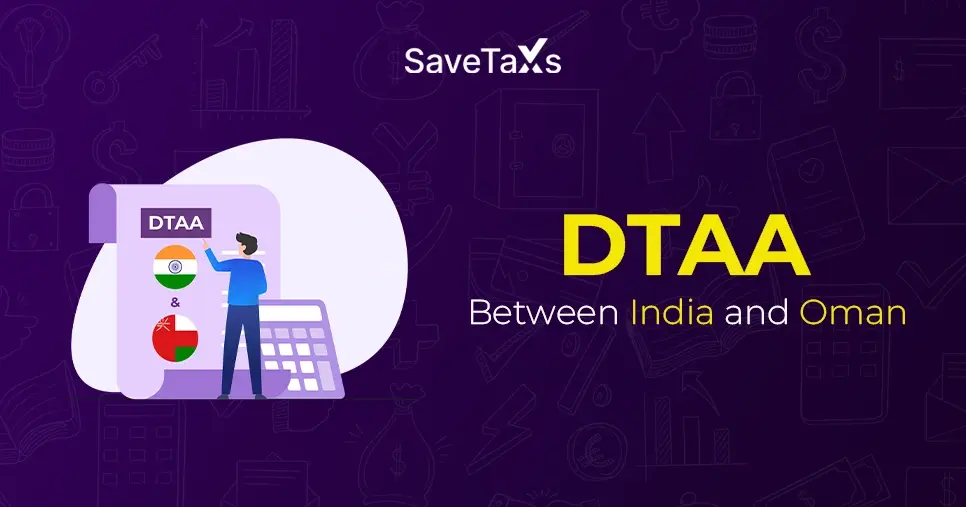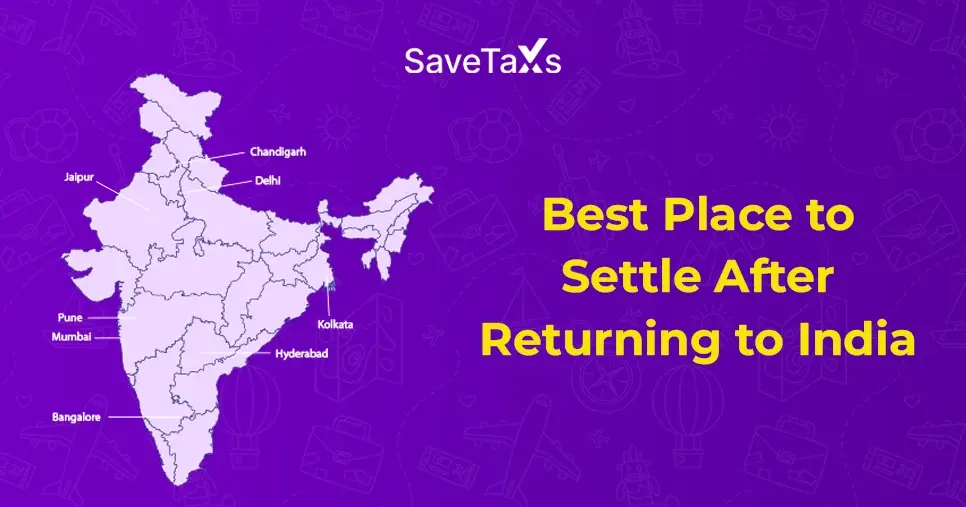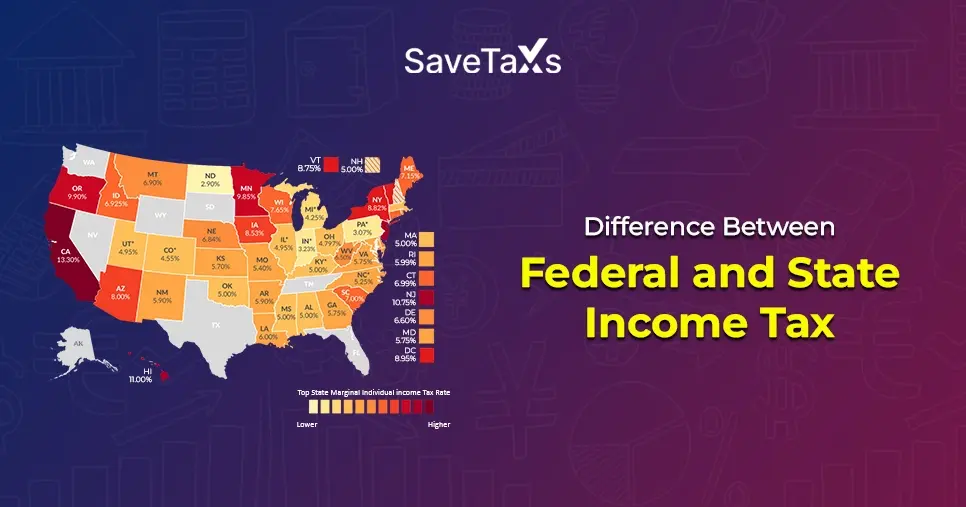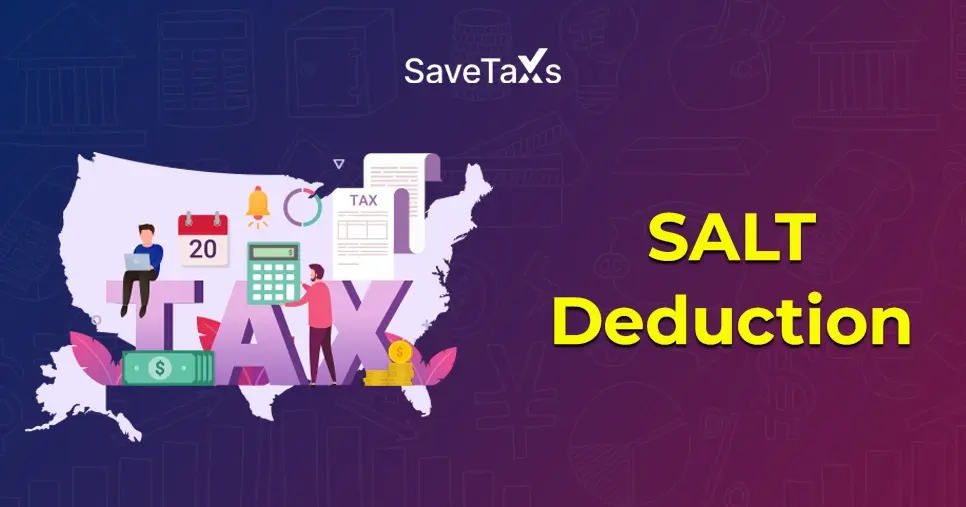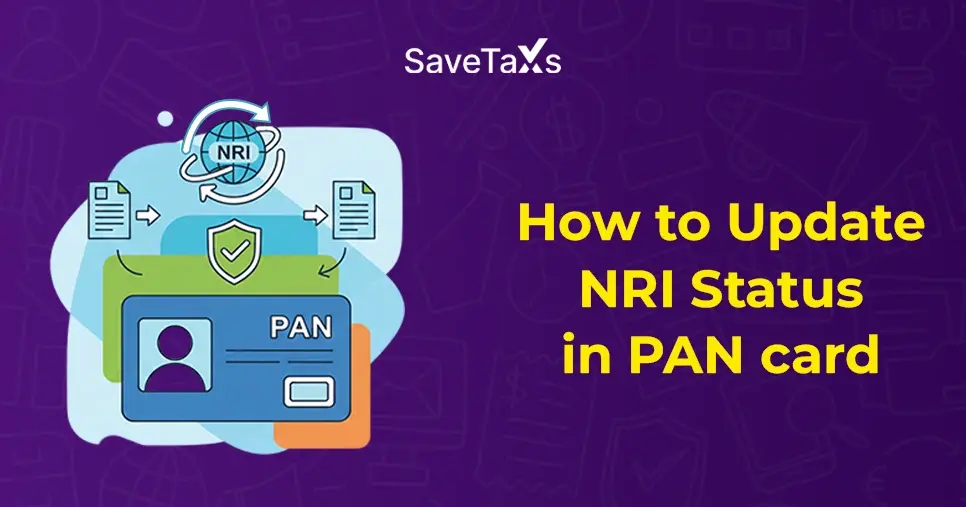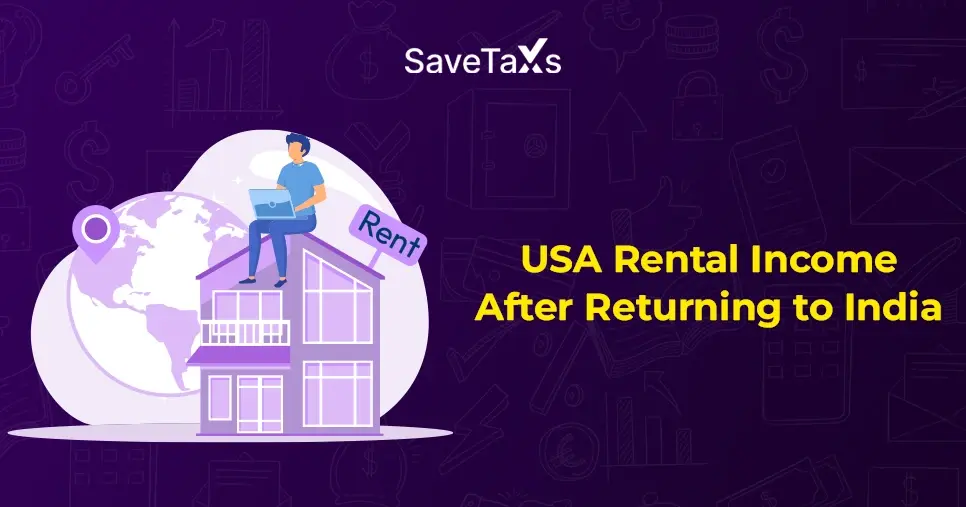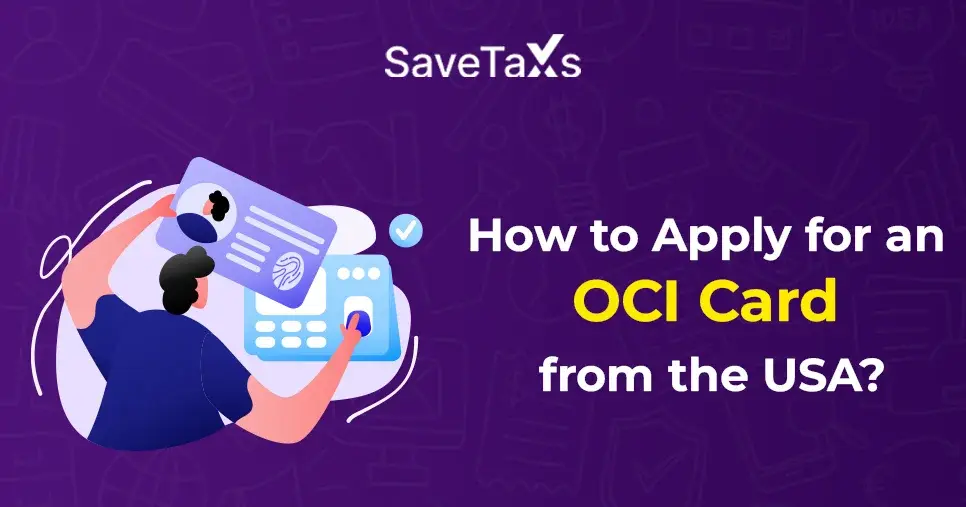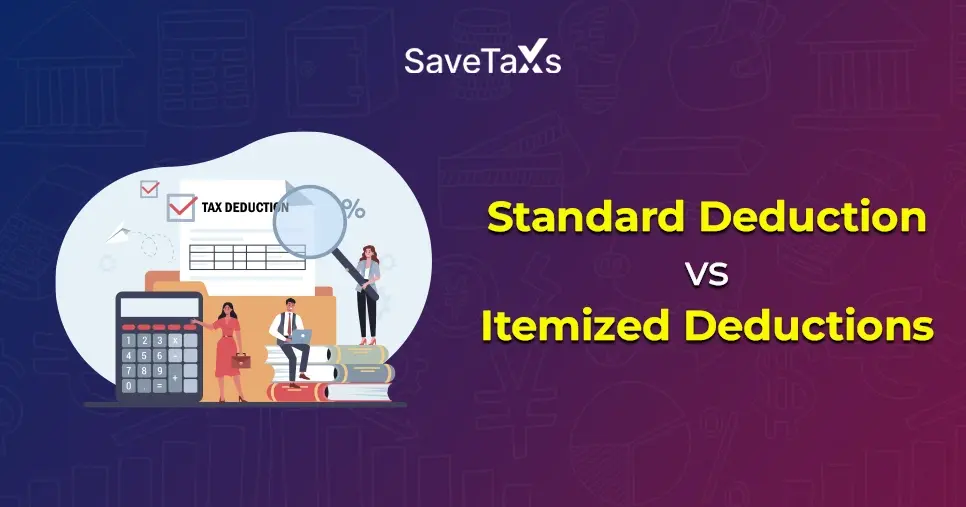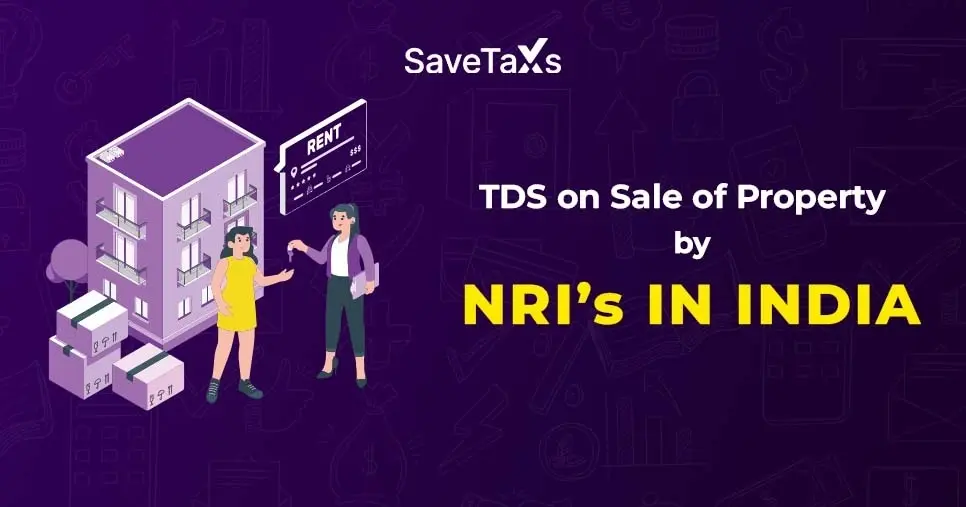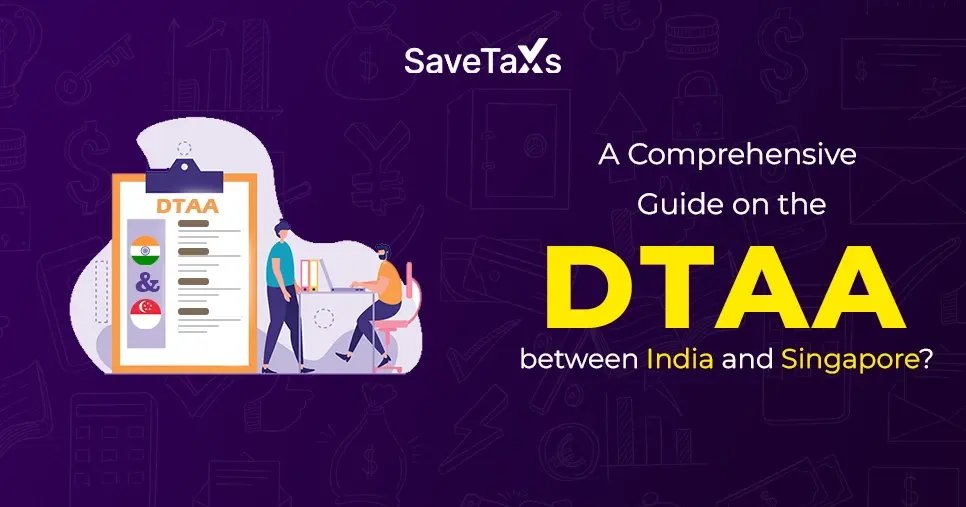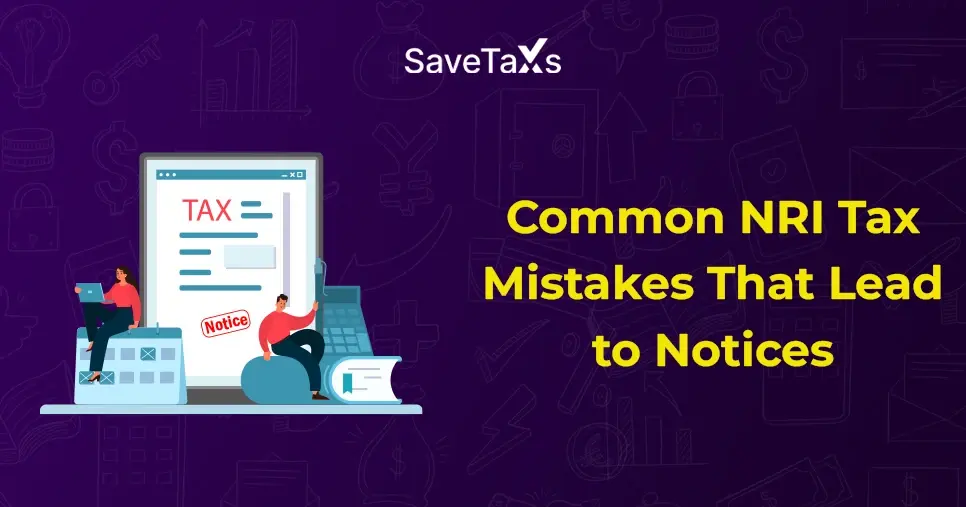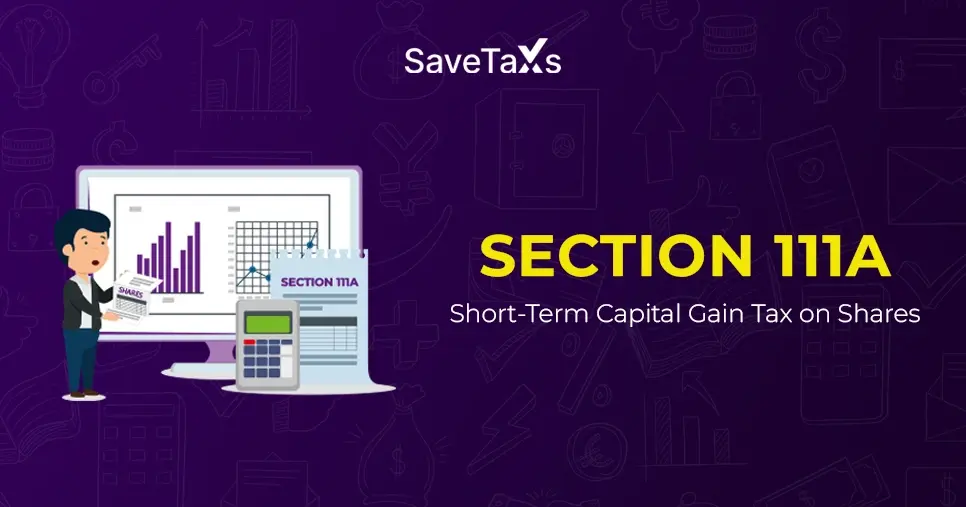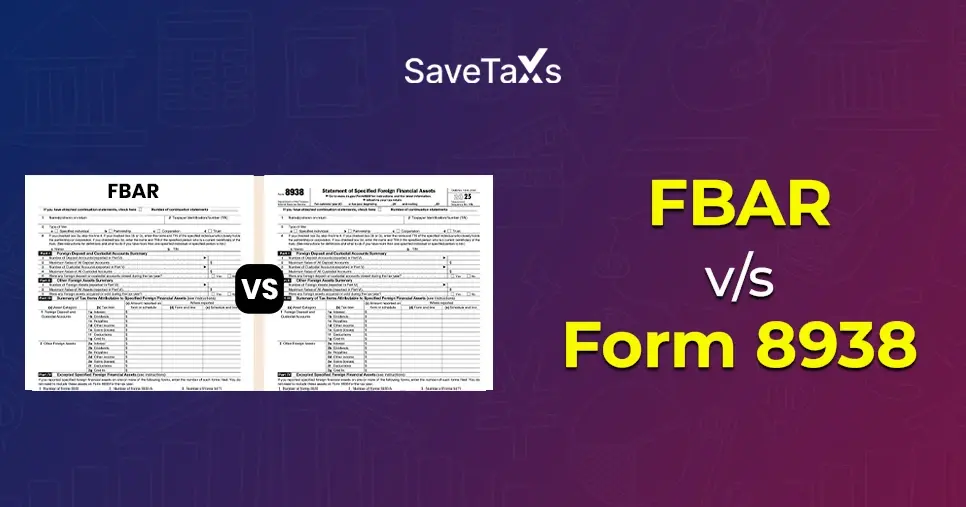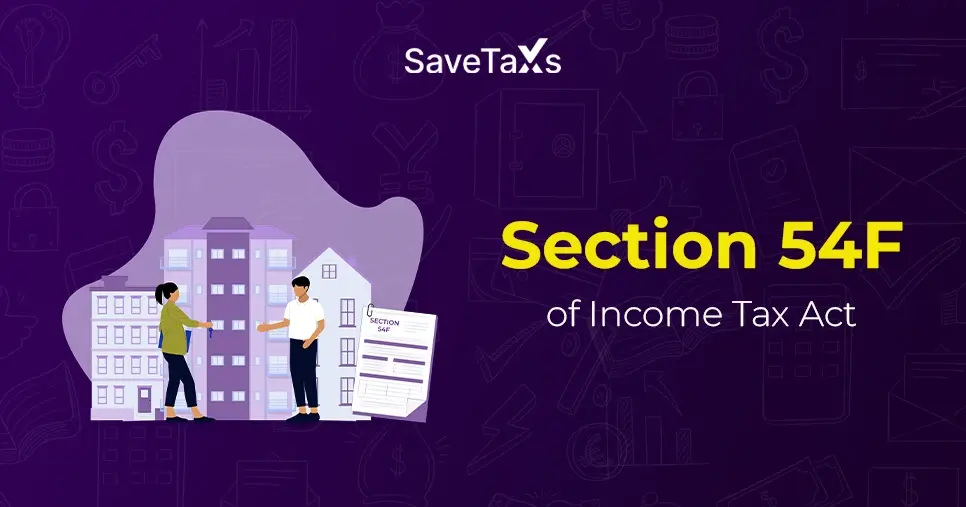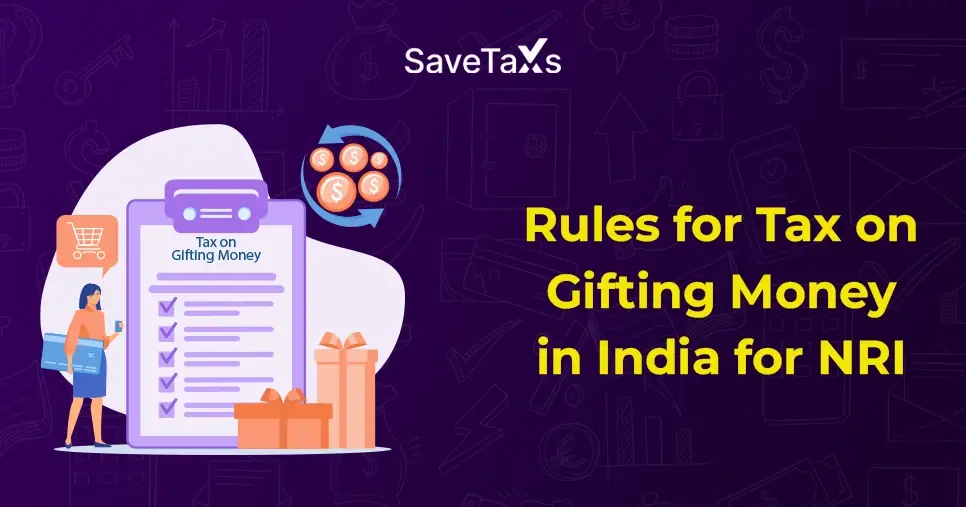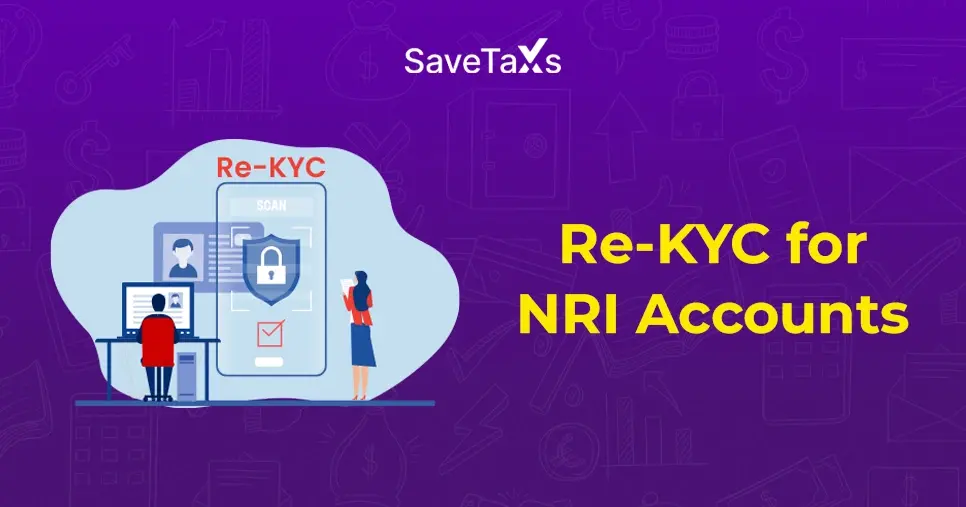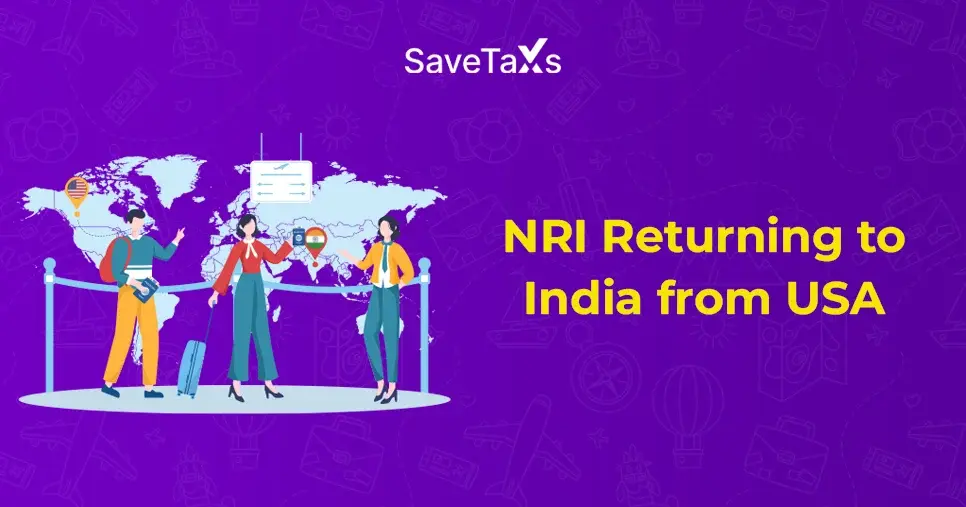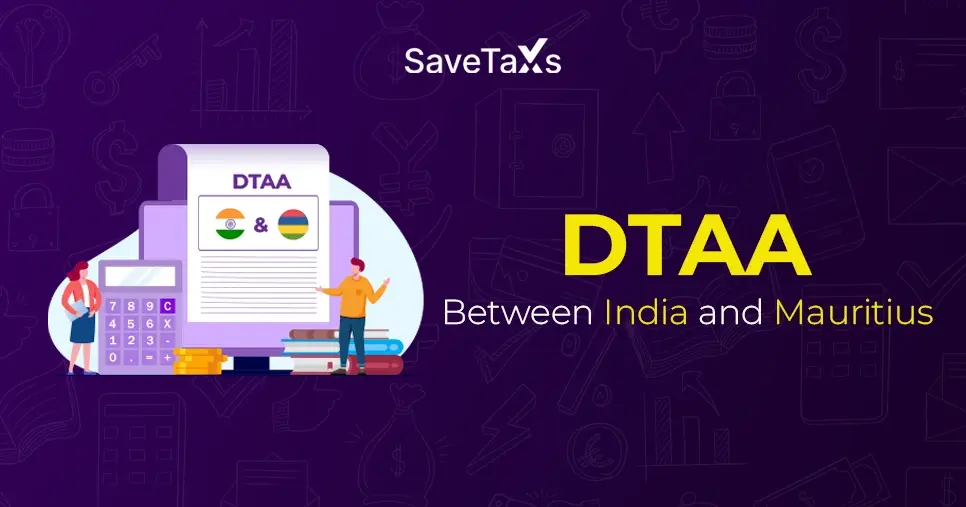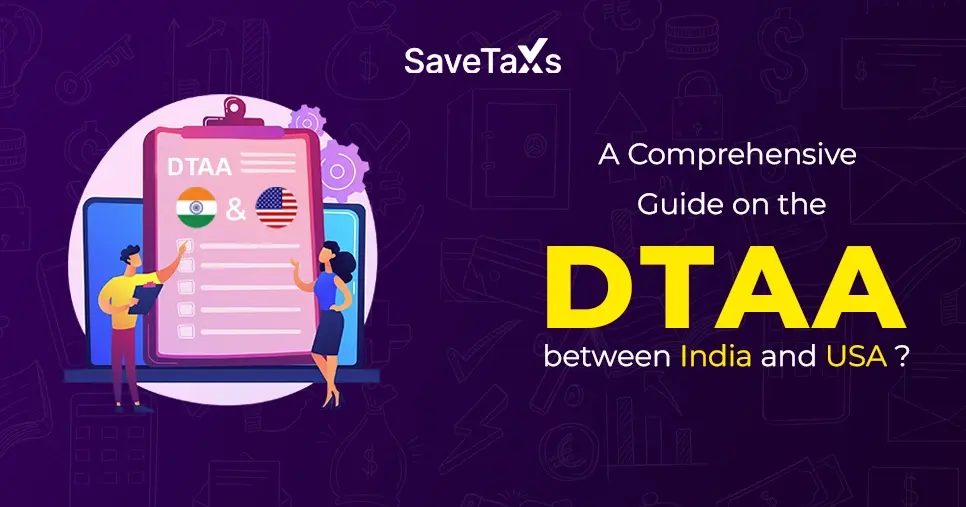The Double Tax Avoidance Agreement (DTAA) between India and Oman protects individuals and businesses residing in either country from being taxed twice on the same income. This tax treaty allows residents to claim tax credits for taxes paid in other contracting nations, effectively preventing double taxation.
In this blog, we will learn about the DTAA between India and Oman, including the applicable tax rates as defined in the treaty.
What is the India-Oman DTAA?
The DTAA between the government of India and the Sultanate of Oman was signed on April 2nd, 1997. This agreement prevents double taxation and avoids tax evasion between the two nations. Various articles in this agreement specify the taxation rules for specific sources of income.
It is the responsibility of both countries to maintain the provisions outlined in the DTAA. This agreement applies to all residents of India and Oman, including an individual who is a resident of either of these nations.
Recent Update on the DTAA Between India and Oman
The DTAA (Double Tax Avoidance Agreement) was revised due to Oman's decision to introduce a personal income tax at the rate of 5% on earnings exceeding OMR 42,000, which will take effect in January 2028. Additionally, the tax rate for royalties and technical fees has been reduced from 15% to 10%, effective May 28, 2025.
What is the Significance of the DTAA Between India and Oman?
The DTAA is crucial for boosting trade and investments, as it avoids the risk of double taxation on the same income. It creates a stable and predictable tax environment, making it easier and more cost-effective for individuals and businesses to operate in both countries.
The provisions of tax reliefs through credits or exemptions encourage cross-border economic activities, promote job creation, and enhance cooperation between India and Oman.
Taxes Covered Under the DTAA
The DTAA between India and Oman covers the following types of taxes:
- In India
- Income Tax, including surcharges
- In Oman
- The Company Income Tax
- The Profit Tax on Commercial and Industrial Establishments (Omani Tax).
The agreement also applies to any similar or identical taxes imposed by either country after the agreement was signed.
What are the Tax Rates Under the India-Oman DTAA?
The DTAA between India and Oman specifies the following tax rates for different types of income:
- Interest: 10%
- Royalties: 10%
- Dividends: 12.5%
- Technical Fees: 10%
Taxation on Capital Gains Under the India-Oman DTAA
The India-Oman DTAA (Double Tax Avoidance Agreement) specifies the following taxation on capital gains:
- Any capital gain received by a resident of one contracting state from the transfer of an immovable property in the other country may be taxed where the property is located.
- Gains received from the transfer of a business property belonging to a permanent establishment in any one of the contracting countries situated in the other country may be taxed in the country where the property is situated.
- Gains arising from the transfer of shares in a company can be taxed where the company is a resident.
- Gains from the transfer of ships or aircraft can only be taxed by the country of residence of the transferor.
- Gains from the transfer of all other property will be taxed only in the country where the transferor resides.
Tax on Income from Immovable Property
Income earned by a resident of either nation from immovable property located in the other contracting country may be taxed in the country where the property is situated.
For Example: if Mr X, a resident of Oman, owns a property in Mumbai, from which he earns an annual income of USD 10,000, this income can be taxed both in India (where the property is situated) and Oman (where the person resides).
Tax on Business Profits
Profits derived from a business owned by a resident of one contracting country are subject to taxation only in that country of residence. However, if the business has a permanent establishment in the other contracting country, profits generated from such establishment may be taxed in that other country.
For Example: If XYZ Ltd. is an Indian company that has a permanent establishment in Oman, earns a total profit of USD 10,000, out of which USD 30,000 comes from its Omani establishment, the USD 30,000 received by the Omani establishment can be taxed in both Oman and India. However, the remaining USD 70,000 will be taxed only in India.
To Conclude
The primary goal of the India and Oman DTAA is to avoid double taxation of income in the two different nations, enhancing cross-border trade, and making the nations attractive for investments. When global economies become more interconnected, this tax treaty plays a vital role in bringing international trade, investment, and boosting economic growth between the two nations.
To claim the benefits of the DTAA (Double Tax Avoidance Agreement) treaty, you must know which forms to fill out, what documents to submit, and several other things. However, we understand that not everybody must have a knowledge of this, and that is when Savetaxs comes to the picture.
We, at SaveTaxs, have a team of full of professionals, carrying more than 30 years of experience and knowledge. We have all the resources required to make claiming the DTAA treaty easier for you. Our team will assist you from the beginning to the end, saving you valuable time, effort, and money by preventing you from being taxed twice on the same income. So, don't wait any further, contact us right away as we are working 24*7 across every time zone.
Note: This guide is for informational purposes only. The views expressed in this guide are personal and do not constitute the views of Savetaxs. Savetaxs or the author will not be responsible for any direct or indirect loss incurred by the reader for taking any decision based on the information or the contents. It is advisable to consult with either a Chartered Accountant (CA) or a professional Company Secretary (CS) from the Savetaxs team, as they are familiar with the current regulations and help you make accurate decisions and maintain accuracy throughout the whole process.
 India
India
 USA
Tax Consultancy Services
USA
Tax Consultancy Services